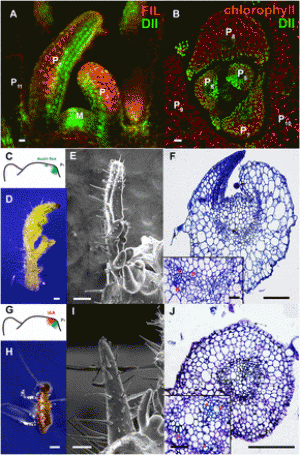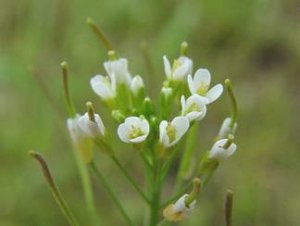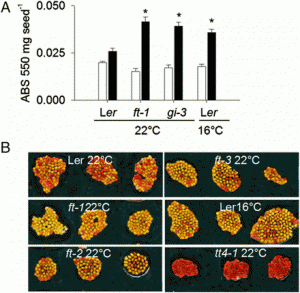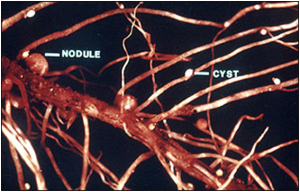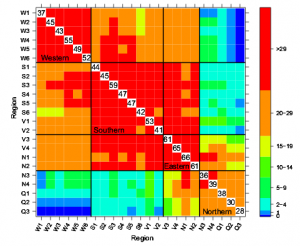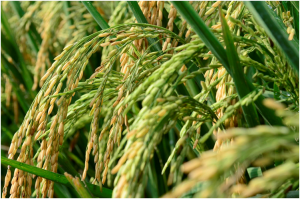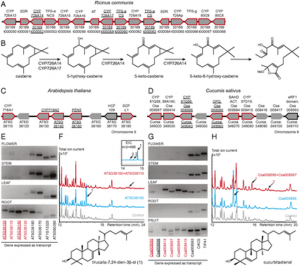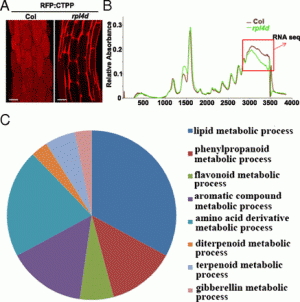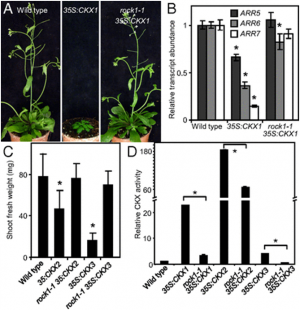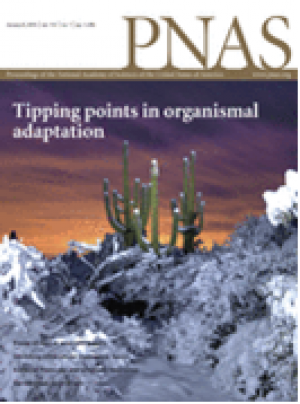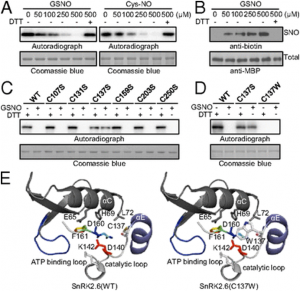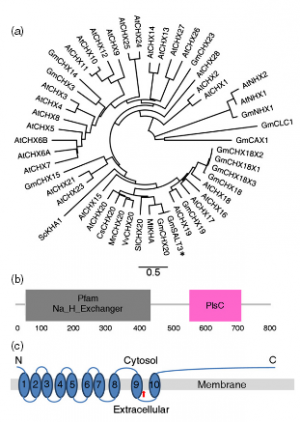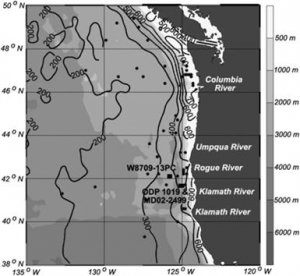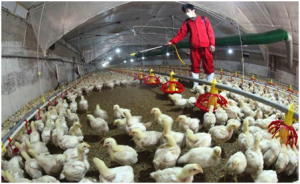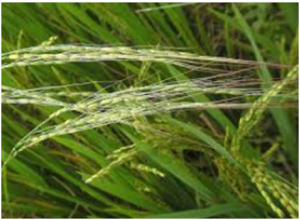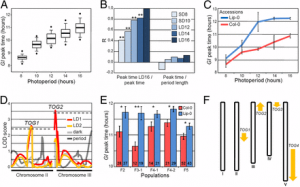|
Genotyping-by-sequencing targets genic regions and improves resolution of genome-wide association studies in autotetraploid potato
Monday, 2024/07/29 | 08:22:20
|
|
Sanjeev Kumar Sharma, Karen McLean, Peter E. Hedley, Finlay Dale, Steve Daniels & Glenn J. Bryan Theoretical and Applied Genetics; July 9 2024; vol.137; article 180 Key messageDe novo genotyping in potato using methylation-sensitive GBS discovers SNPs largely confined to genic or gene-associated regions and displays enhanced effectiveness in estimating LD decay rates, population structure and detecting GWAS associations over ‘fixed’ SNP genotyping platform. Study also reports the genetic architectures including robust sequence-tagged marker–trait associations for sixteen important potato traits potentially carrying higher transferability across a wider range of germplasm. AbstractThis study deploys recent advancements in polyploid analytical approaches to perform complex trait analyses in cultivated tetraploid potato. The study employs a ‘fixed’ SNP Infinium array platform and a ‘flexible and open’ genome complexity reduction-based sequencing method (GBS, genotyping-by-sequencing) to perform genome-wide association studies (GWAS) for several key potato traits including the assessment of population structure and linkage disequilibrium (LD) in the studied population. GBS SNPs discovered here were largely confined (~ 90%) to genic or gene-associated regions of the genome demonstrating the utility of using a methylation-sensitive restriction enzyme (PstI) for library construction. As compared to Infinium array SNPs, GBS SNPs displayed enhanced effectiveness in estimating LD decay rates and discriminating population subgroups. GWAS using a combined set of 30,363 SNPs identified 189 unique QTL marker–trait associations (QTL-MTAs) covering all studied traits. The majority of the QTL-MTAs were from GBS SNPs potentially illustrating the effectiveness of marker-dense de novo genotyping platforms in overcoming ascertainment bias and providing a more accurate correction for different levels of relatedness in GWAS models. GWAS also detected QTL ‘hotspots’ for several traits at previously known as well as newly identified genomic locations. Due to the current study exploiting genome-wide genotyping and de novo SNP discovery simultaneously on a large tetraploid panel representing a greater diversity of the cultivated potato gene pool, the reported sequence-tagged MTAs are likely to have higher transferability across a wider range of potato germplasm and increased utility for expediting genomics-assisted breeding for the several complex traits studied.
See https://link.springer.com/article/10.1007/s00122-024-04651-8
Figure 3: Distribution of (a) GBS and (b) Infinium array SNPs used in all genetic analyses. Bin size = 1 Mb
|
|
|
|
[ Other News ]___________________________________________________
|

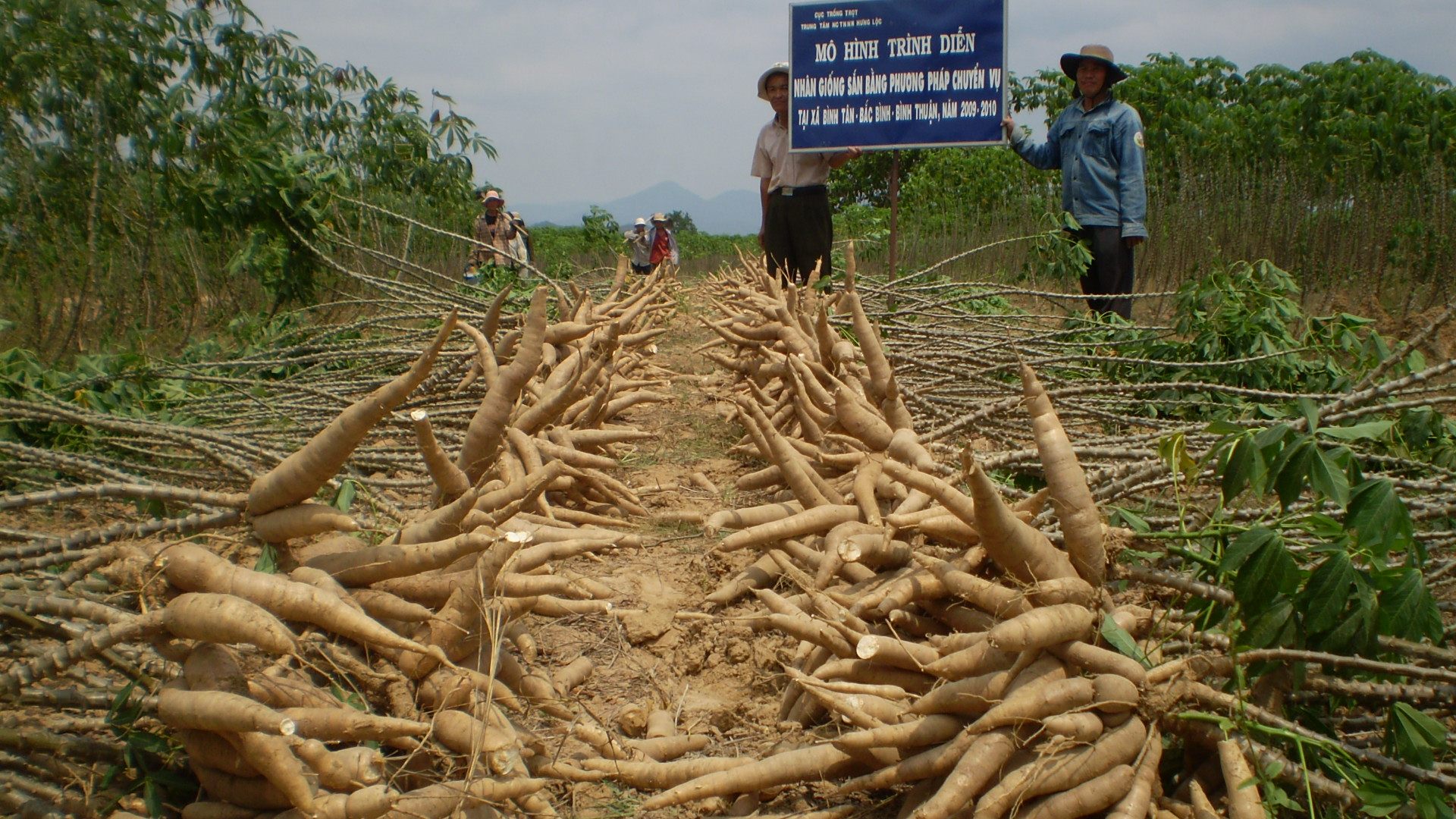
 Curently online :
Curently online :
 Total visitors :
Total visitors :
(341).png)
